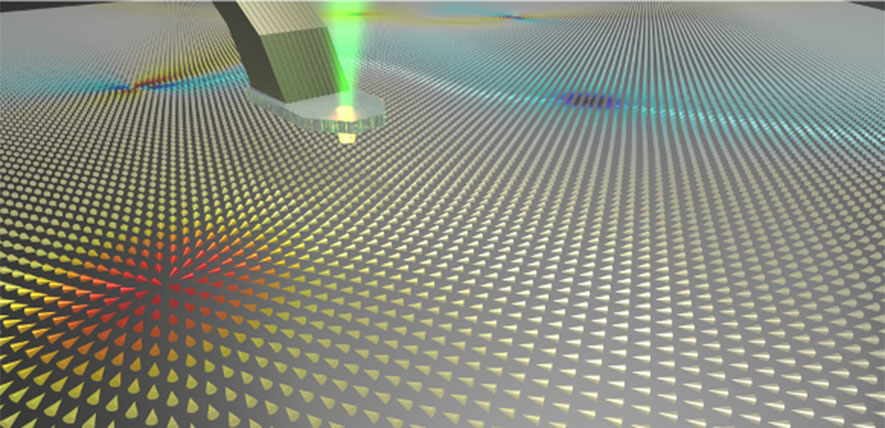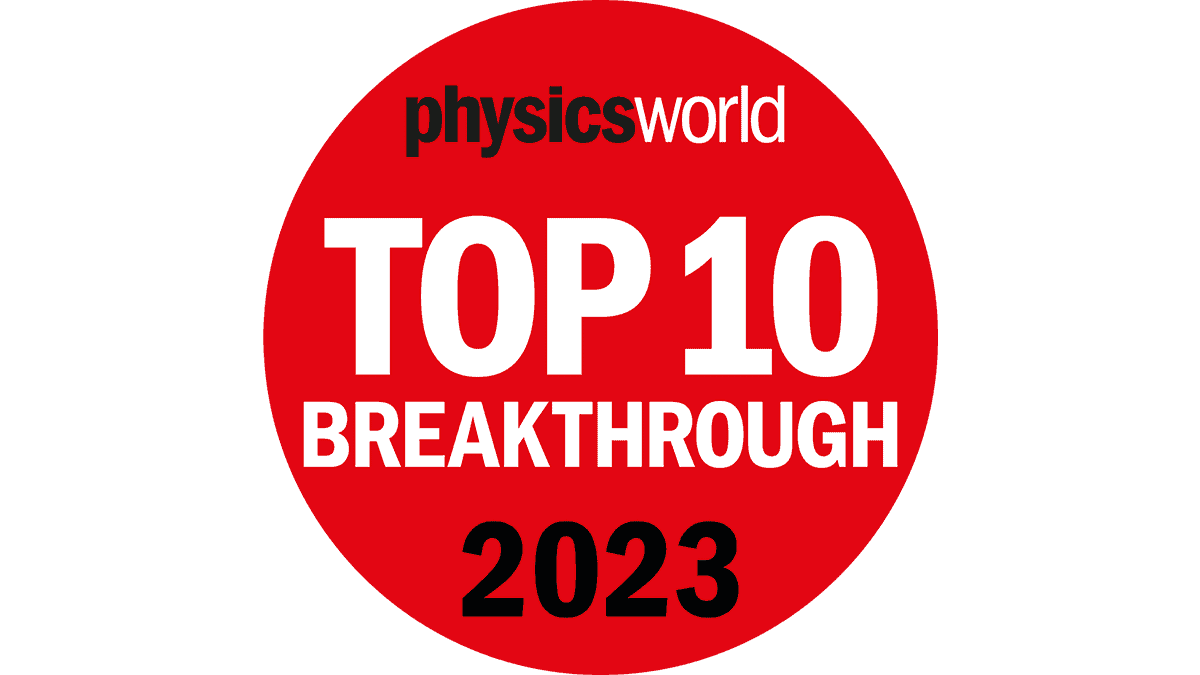
In a significant development in the field of particle physics, Alice, the world's largest heavy-ion collider located in Geneva, Switzerland, has achieved its first billion collision milestone. This achievement is expected to provide a deeper understanding of the fundamental laws of nature. Alice's capability of producing an unprecedented 1 billion collisions per second is a testament to the advancements in the field.
In another breakthrough, researchers at the University of Cambridge have used diamond quantum sensing to observe the emergence of magnetic monopoles in hematite, a type of iron oxide. This is the first time that naturally occurring emergent monopoles have been observed experimentally. The findings could have implications for next-generation logic and memory applications.
Meanwhile, a study has explored the use of encoder-decoder machine-learning models to reconstruct parton distribution functions (PDFs) of hadrons. The study introduces a numerical package called PDFdecoder, which implements several encoder-decoder models to reconstruct PDFs with high fidelity.
In a draft report, particle physicists have outlined a roadmap for the next decade in particle physics. The report suggests building a revolutionary particle collider in the United States that would collide muons, which are more massive than electrons. The collider would push the search for new forces and particles deeper into the unknown. The report also highlights the need to invest in experiments on neutrinos, the cosmic microwave background, and dark matter. The committee recommends participating in a future facility in Europe or Japan dedicated to studying the Higgs boson.
In a roundup of the year's best physics research, Physics World has shortlisted the Top 10 Breakthroughs of 2023 in various fields of physics, including particle physics, quantum technology, medical physics, and astronomy. The top 10 serves as the shortlist for the Physics World Breakthrough of the Year award, which will be announced on December 14.



